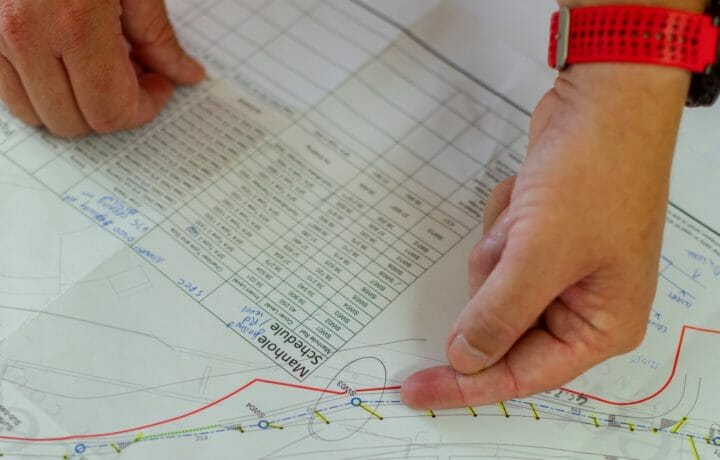According to an inspector general report released last month, contractors working at a number of U.S. government nuclear facilities routinely failed to comply with the Department of Energy’s (DOE) explosives safety manual. For the report, investigators analyzed explosive safety manuals for both the Department Of Energy and for individual laboratory sites, then organized interviews with DOE and National Nuclear Security Administrator officials and conducted field visits to explosive storage and operation sites. For the field visits, investigators inspected Idaho National Laboratory, Savannah River Operations Office, Los Alamos National Laboratory, and Sandia National Laboratories.
Investigators found that contractors working at Savannah River Site and Idaho National Laboratory “performed explosive shipment inspections during peak traffic hours at populated main gates rather than at remote area and/or during non-peak traffic hours,” actions which “could potentially allow inspection handlers to return unsafe explosives shipments to public highways.” The report also found excess materials stored in explosive bunkers, incorrect signage in bunkers, and untimely disposing of explosive waste.
In one instance at Sandia National Laboratories, investigators found that the remains of explosives that had undergone various testing were returned by workers to the explosive storage bunker without the completion of the required determination on whether the combination of those tested explosives and others in the bunker could have been a safety risk. According to the DOE’s safety manual, explosives that have undergone such testing should have been isolated until a final assessment about the stability of the explosives has been made and documented.
The report notes that upon hearing the problems, management of all the facilities mentioned took immediate action to fix them. During one field visit to Los Alamos, the only problem observed by investigators was “the storage of boxes and trash in an explosives operating area” which “was corrected immediately after [investigators] identified it.”
Mike Jones is a researcher, writer, and analyst on national and international security. He lives in the DC area.



